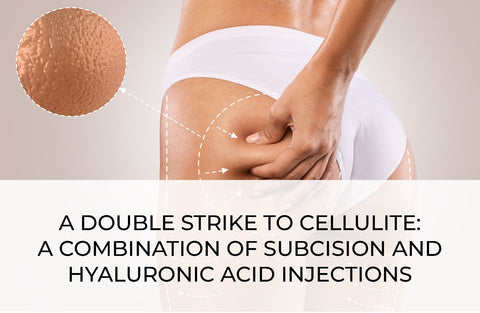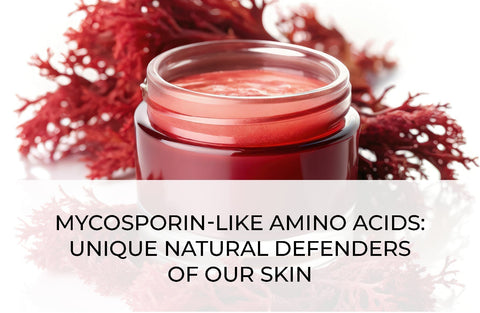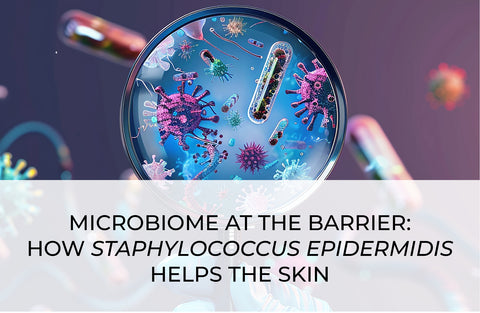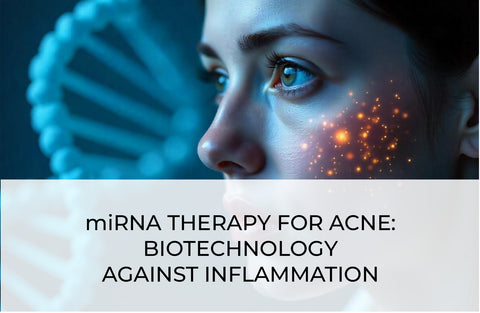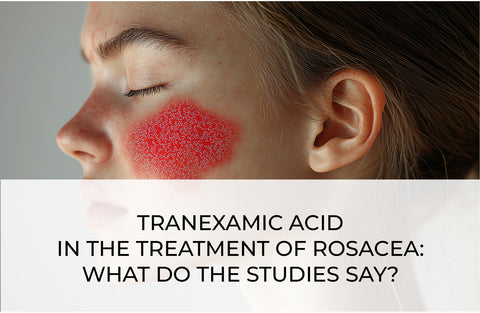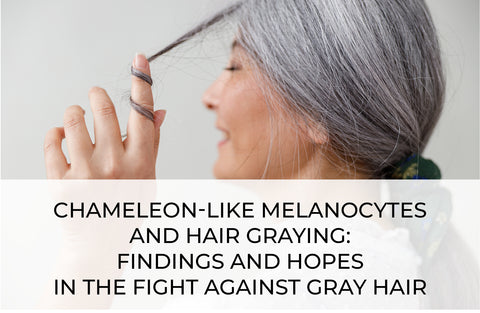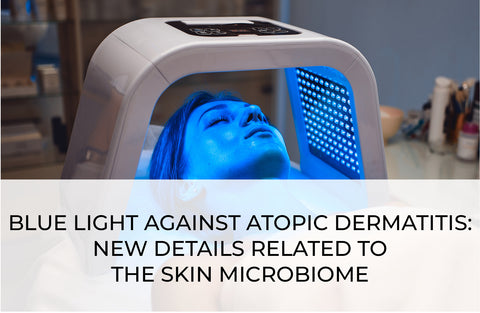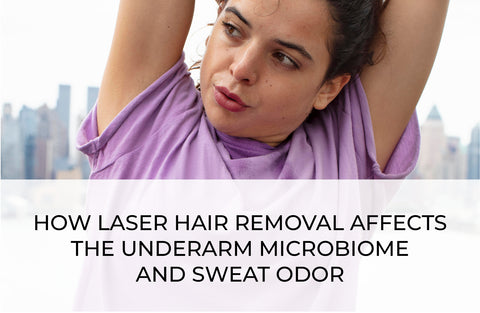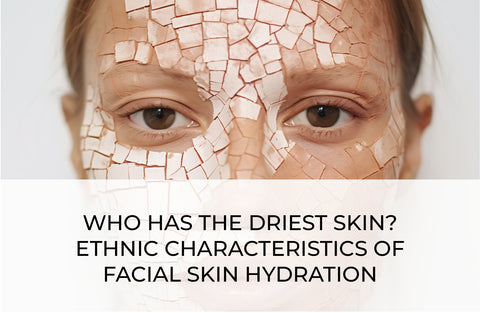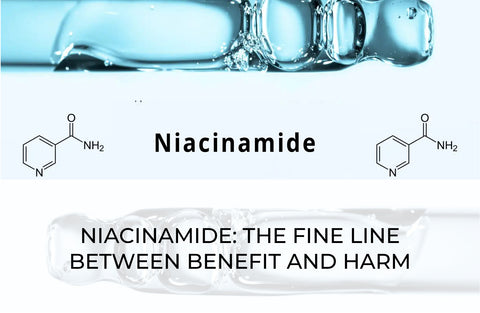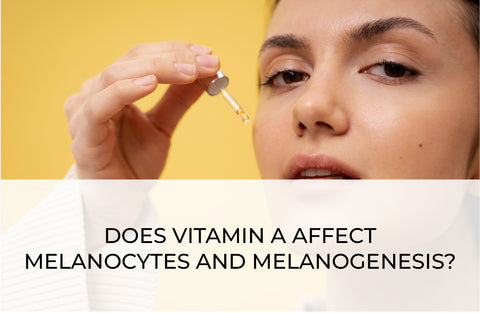WONDER FILM: FFS — A NEW ERA IN SKIN TREATMENT AND CARE

FFS Composition
The composition of film-forming sprays (FFS) includes several key components.
The base consists of polymers that form a film on the skin. Polyacrylates, such as Eudragit® S100 (a methacrylic acid-methyl methacrylate copolymer in a 1:2 ratio), Eudragit® RL100, and other copolymers, which are non-toxic and biocompatible, are commonly used. The choice of polymer determines the characteristics of the film, including its strength, flexibility, water solubility, and the rate of release of active substances.
Solvents like ethanol or isopropanol are volatile liquids essential for dissolving polymers and other ingredients, which ensures a uniform spray of the composition. They evaporate after application, leaving only the film on the skin.
Plasticizers are added to increase the flexibility and elasticity of the film.
The active ingredients vary depending on the spray's indications and may include corticosteroids, antifungals, anti-inflammatory components, and other medicinal substances.
Additionally, FFS may contain various additives that generally promote health benefits for the skin, including moisturizers (hyaluronic acid, urea, glycerin), antioxidants (vitamin C, plant polyphenols), and soothing agents (niacinamide, allantoin).
FFS Applications
FFS has found applications in various fields, including:
- Dermatology: Treatment of psoriasis, eczema, atopic dermatitis, burns, and other skin diseases. FFS allow active substances to be delivered directly to the affected areas, providing a prolonged and even effect, which contributes to more effective treatment.
- Skincare: Sun protection, skin hydration, masking of cosmetic defects.
- Regenerative medicine: Protection of wounds from infection and acceleration of healing.
The exact behavior of FFS on the skin and the sensations experienced by a person may vary depending on individual characteristics, product composition, and application conditions. Before using FFS, you should always carefully study the instructions and consult a doctor or pharmacist, especially if you have sensitive skin or a history of skin allergic reactions. Based on the available data, some general features can be distinguished.
Application and initial sensations
Spraying: FFS is applied to the skin like a regular spray. Initially, there may be a slight cooling sensation from the evaporation of solvents (ethanol, isopropanol).
Film formation: The polymer components rapidly create a thin, nearly invisible film on the skin’s surface. This occurs within a few minutes (drying time may vary based on the spray’s composition and environmental conditions). During this time, you may experience a slight tingling or tightening sensation in the skin, which typically subsides quickly.
Sensations after film formation: Sensations after the film dries are typically described as neutral or comfortable. The film provides a smooth feeling on the skin without causing discomfort, except for some cases noted in the study, such as a slight stickiness. Some FFS may include moisturizing components that enhance the sensation of skin hydration.
Duration of action and film removal
The duration of the film's existence on the skin depends on the composition of the spray. Usually, the film stays on the skin for several hours but can be washed off with water or removed in other ways.
Most FFS are designed for easy removal of the film with water. The time needed to completely eliminate the film typically spans several minutes (in the previously mentioned study, 96% of patients reported full removal of the film in under two minutes).
Possible individual reactions
Although FFS are generally well tolerated, some individuals may have unique reactions.
- Redness: Slight redness of the skin is a rare but possible reaction.
- Tingling: Slight tingling or a feeling of tightness in the first minutes after application.
- Allergic reactions: Cases of allergic reactions are extremely rare but are possible in people with sensitive skin or allergies to the components of the spray.
FFS in the treatment of psoriasis and eczema
FFS offer several advantages over traditional treatments, including better adhesion, longer-lasting effects, and more convenient application. To more thoroughly study the effectiveness of FFS for various skin diseases and to compare its efficacy with existing treatments, additional research is necessary. However, the results are promising regarding FFS's role in skin treatment and care, presenting new perspectives in dermatology.
As an example, consider the study presented in the article by Godse K et al. (2024). This is an open, multicenter, comparative study assessing the effectiveness and safety of FFS in patients with chronic plaque psoriasis and eczema. The study involved 100 patients who were divided into two groups. Patients in the first group applied FFS over an ointment with corticosteroids, while those in the second group applied FFS to healthy skin. The aim of the study was to evaluate the safety, tolerability, and physical characteristics of FFS.
The primary results indicated no side effects such as dryness, scaling, or skin irritation. Only 10% of patients in the first group reported slight and transient skin redness, while 6% experienced mild tingling. Secondary results revealed that only a small proportion of patients in both groups felt stickiness. The average drying time of FFS on affected skin areas was 5.19 minutes, compared to 1.51 minutes on healthy skin. In most cases, the film was easily washed off with water in under 2 minutes. The average patient satisfaction score was 8.99, and no serious side effects were recorded.
The study's results confirm FFS's potential as a safe and well-tolerated means of enhancing the uniform coverage of the skin with drugs for psoriasis and eczema.
Conclusion
FFS are a promising approach to skin treatment and care, combining the advantages of traditional methods and innovative properties, providing improved adhesion, controlled release of active substances, and ease of use. FFS are used in dermatology, cosmetology, and regenerative medicine, offering practical solutions for various tasks. Clinical studies confirm the safety and tolerability of FFS in treating psoriasis and eczema, demonstrating their potential as a means of enhancing the uniform coverage of the skin with drugs. Further research is needed to explore the possibilities of FFS more fully and expand their application in dermatological practice.
Reference
Godse K., Dethe G., Sawant S. et al. Clinical evaluation of the safety and tolerability of film-forming sprays in patients with psoriasis and eczema. Cureus 2024; 16(3): e57020.


